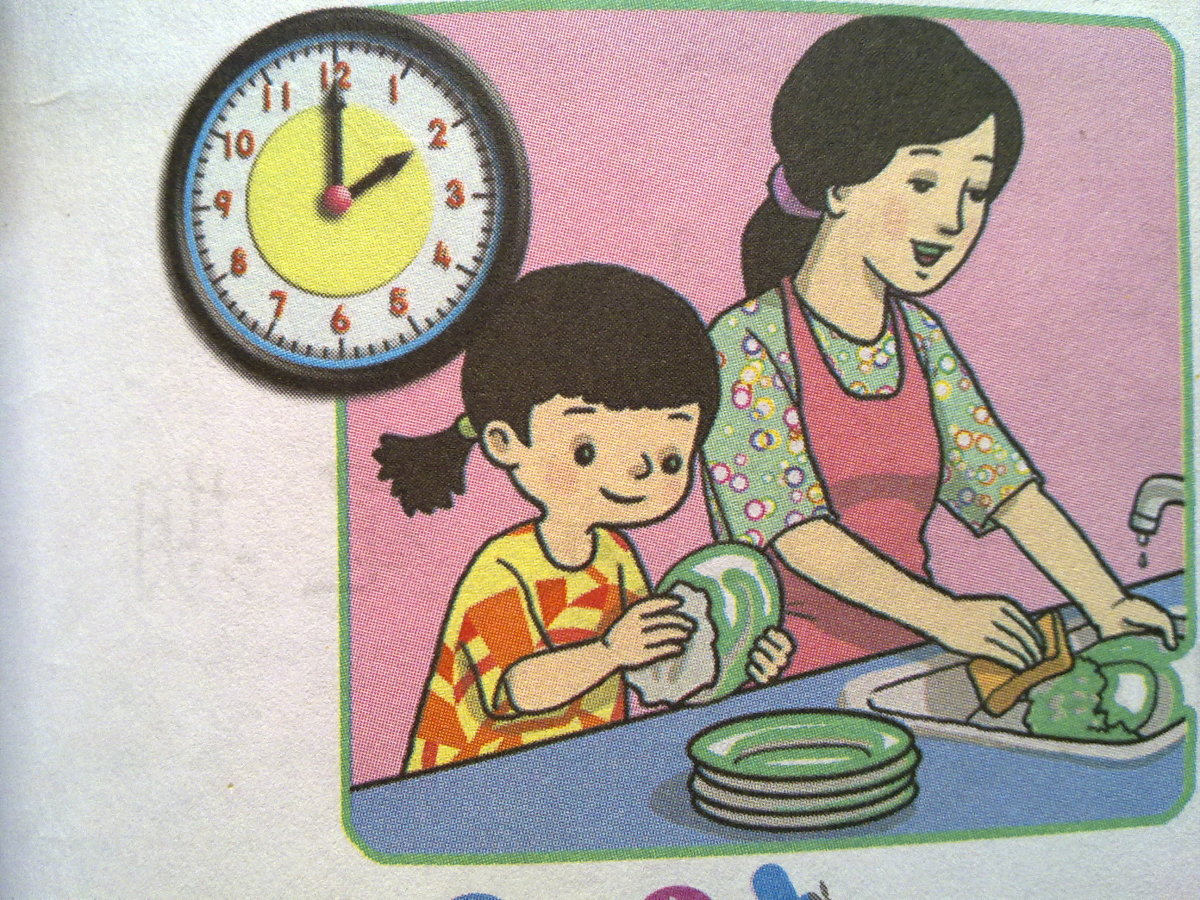Tactics for Tackling a Toddler's Temper Tantrum

Tactics for Tackling a Toddler's Temper Tantrum
All toddlers, even the best behaved ones, will have an occasional temper tantrum. They are a normal part of child development and generally vary in frequency and intensity depending on the individual nature and temperament of a child.
Temper tantrums commonly involve whining and crying. They may also include screaming, kicking, hitting, and breath holding. Temper tantrums commonly occur between the ages of 1 and 3 and are equally common in boys and girls. Some children are prone to regular tantrums while other children may rarely have them, it depends largely on the individual nature of the child.
Why do Temper Tantrums Occur?
During toddlerhood, children are actively learning about the world around them. They are acquiring new skills and learning about new rules and boundaries on a regular basis. They are also discovering the intensity of their emotions and need to learn how to cope with them. When toddlers experience difficulties completing a task, often their only means of expressing their frustrations is through a tantrum.
Toddlers are also egocentric. To them, they are the center of the universe and everything else revolves around them. When they come up against the boundaries that parents have set, their inability to cope with the intensity of their emotions and disappointments are expressed through tantrums. Although the reason for a child’s disappointment often seems small and insignificant to a parent with greater experiences, it is important to realize the significance of these issues to a two-year-old child.
There are also certain situations that can make temper tantrums more likely to
occur. For instance, a child who is
tired, hungry, uncomfortable or seeking a parent’s attention is more likely to melt down into a tantrum at the slightest provocation. Tantrums also the result of a child’s
poor ability to communicate feelings through words. This is one of the main reasons why tantrums are most common between the ages of 1 to 3 as this is the age where children are actively acquiring the skills of communication.
Tactics for Managing Tantrums
1. Communication
Temper tantrums begin to decrease as children acquire the ability to express their feelings through words. Being able to express their emotions often provides an outlet for releasing frustrations, therefore, offering a child the words to express his or her frustrations may be sufficient to head off a temper tantrum.
Children understand a lot more than they can express, therefore, teaching them a means to communicate, such as Sign Language, can help to reduce tantrums. It is easier for a child to learn how to sign before speaking because the complexity of forming words with the mouth requires more coordination. Sign Language offer a toddler a means of communicating which reduces the level of frustration he or she feels. Sign Language has been recommended as a communication tool for children as young as five months old however different children will learn to sign at different ages.
Even if your child doesn't know how to sign to communicate, you can help your child articulate some of the emotions he or she feels by offering words that express what he or she is feeling. Having words to describe the emotions felt can sometimes be effective in helping a child get past the temper tantrum. By articulating what you believe your child feels can help your child feel understood. Sometimes that's all we need to get through the storm - to know that someone understands us.
It is also important to be aware that when a child is in the rage of a temper tantrum, his or her ability to comprehend what a parent is saying diminishes. Often the child isn't ignoring you, but is simply unable to register what you are saying. There are a few ways you can deal with this. Which technique you should used depends on your child individual personality. Success with different methods may vary from child to child and even situation to situation.
- You can hold your child calmly until the tantrum passes. Once your child is calm again, you can offer words to express your child's feelings.
- If your child dislikes being held and holding makes the tantrum worse, you can sit with your child and wait until the tantrum passes. When your child has calmed down, offer the words to help express your child's feelings.
- Another method is to articulate your child’s disappointment while he or she is in the throes of the tantrum by using a method devised by paediatrician, Harvey Karp. When your child is hysterical and
crying, he or she will not be able to register complicated sentences containing many words. To make yourself more easily understood by a distraught toddler, keep your sentences short and limited to three or four words. For instance: “You’re mad, mad,
mad! You say 'no go home, no go home!'” Continue to repeat the words until your child registers what you are saying.
2. Controlling Situations and the Environment
Parents generally know the triggers and conditions that make their child more prone to developing temper tantrums. You can reduce the number of temper tantrums that your child goes through by making sure you prevent or limit such situations.
One example would be to keep objects that are off-limits out of sight and out of reach and avoid any potential battles of will. Objects that are off limits are even more appealing to a child. Your child can't fight for it if he or she isn't aware of it. If your child is young enough, you can also use the distraction technique and replace the desired object with another equally attractive object that he or she can have. If your child is persisting with a frustrating or forbidden activity, initiate a new one. Older children are generally more focused and hardly to distract, so this technique may not work so well with them until you are particularly skilled at it.
Prevent sensitive situations from arising by stocking up with emergency supplies. For instance, children are more prone to temper tantrums when they are hungry, so keep some snacks on hand for emergencies. Similarly, bored children often get themselves into trouble while looking for activities to occupy themselves. To avoid such scenarios, bring toys and activities for potential delays. For instance, you can keep your child occupied with an activity book while waiting for food to arrive at the restaurant.
3. Positive Reinforcement
Children crave attention, especially attention from their parents. Studies have shown that children crave their parents' attention so much that they would rather experience negative attention than no attention at all. Prevent negative attention seeking by making sure you spend plenty of time together with your child. If your child's attention needs are satiated, there will be no need to seek negative attention.
You should also be on the lookout for good behaviour and reward your child with attention and praise whenever you can. This encourages your child to seek more praise and attention by behaving appropriately.
4. Select Your Battles
A child under one is often encouraged to try and do everything. Parents meet every request with an enthusiastic “yes”. As children grow older, they begin to test boundaries and cross over into unacceptable behaviours and seek objects that are off limits. As a result, they begin to experience more and more “nos” which can be intensely frustrating to a child who has grown accustomed to hearing "yes" all the time.
Remember that you don't have to say "no" to everything. Assess the situation and decide whether your child's desire is really an unreasonable one before saying, "No." If you accommodate whenever you can, your child will be more willing to accept your "nos" when the situation is not negotiable. A toddler that
hears the word “no” too often also becomes immune to it, so it is wise to reserve your "nos" to serious events
and situations that demand it.
Managing a child's temper tantrum requires a lot of patience and creativity from parents. In some instances there are things you can do to prevent a temper tantrum from occurring. Other times, you just have to learn to deal with them as they come. The good news is that it does get easier as you begin to understand your toddler and what works for him or her. You can also be assured that this is just a temporary phase your toddler is going through and there is light at the end of the tunnel.







